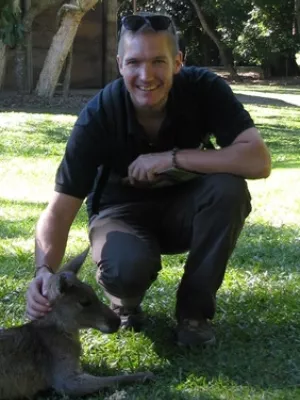
Paul Caplat
Researcher

Symmetric competition causes population oscillations in an individual-based model of forest dynamics
Author
Summary, in English
Individual-based modelling is a promising tool for scaling from the individual to the population and community levels that allows a wide range of applied and theoretical approaches. Here, we explore how intra-specific competition affects population dynamics using FORSITE, an individual-based model describing tree-tree interactions in a spatial and stochastic context. We first describe FORSITE design and submodels following the ODD (Overview, Design concepts and Details) guideline for individual-based models. We then use simulation to study how competition symmetry (i.e., the way individual size affects resource partitioning) changes temporal and spatial population dynamics. We compare our results to those of an earlier deterministic (analytical) model of annual plants which found that (i) under asymmetric competition (i.e., advantaging tall individuals), population dynamics converge quickly to a stable equilibrium and (ii) under symmetric competition, some values of competition strength and population growth rate make population dynamics exhibit long-term oscillations. We find generally similar results, despite the existence of overlapping generations in trees. A thorough analysis of stage structures in the model allows us to explain this behaviour. We also show that decreasing tree dispersal distances, in the case of symmetric competition, results in a wave-like spatial pattern, caused by desynchronized sub-populations. Finally, we link the results obtained with FORSITE to different types of resource limitation observed in northern temperate and sub-boreal forests, emphasizing the implications of such difference on long-term biome dynamics. We note that FORSITE is a flexible platform that can be easily adapted for other ecological modelling studies.
Publishing year
2008-03-10
Language
English
Pages
491-500
Publication/Series
Ecological Modelling
Volume
211
Issue
3-4
Links
Document type
Journal article
Publisher
Elsevier
Topic
- Ecology
Keywords
- Boreal forest
- Moran's I
- Plant model
- Time-series analysis
Status
Published
ISBN/ISSN/Other
- ISSN: 0304-3800